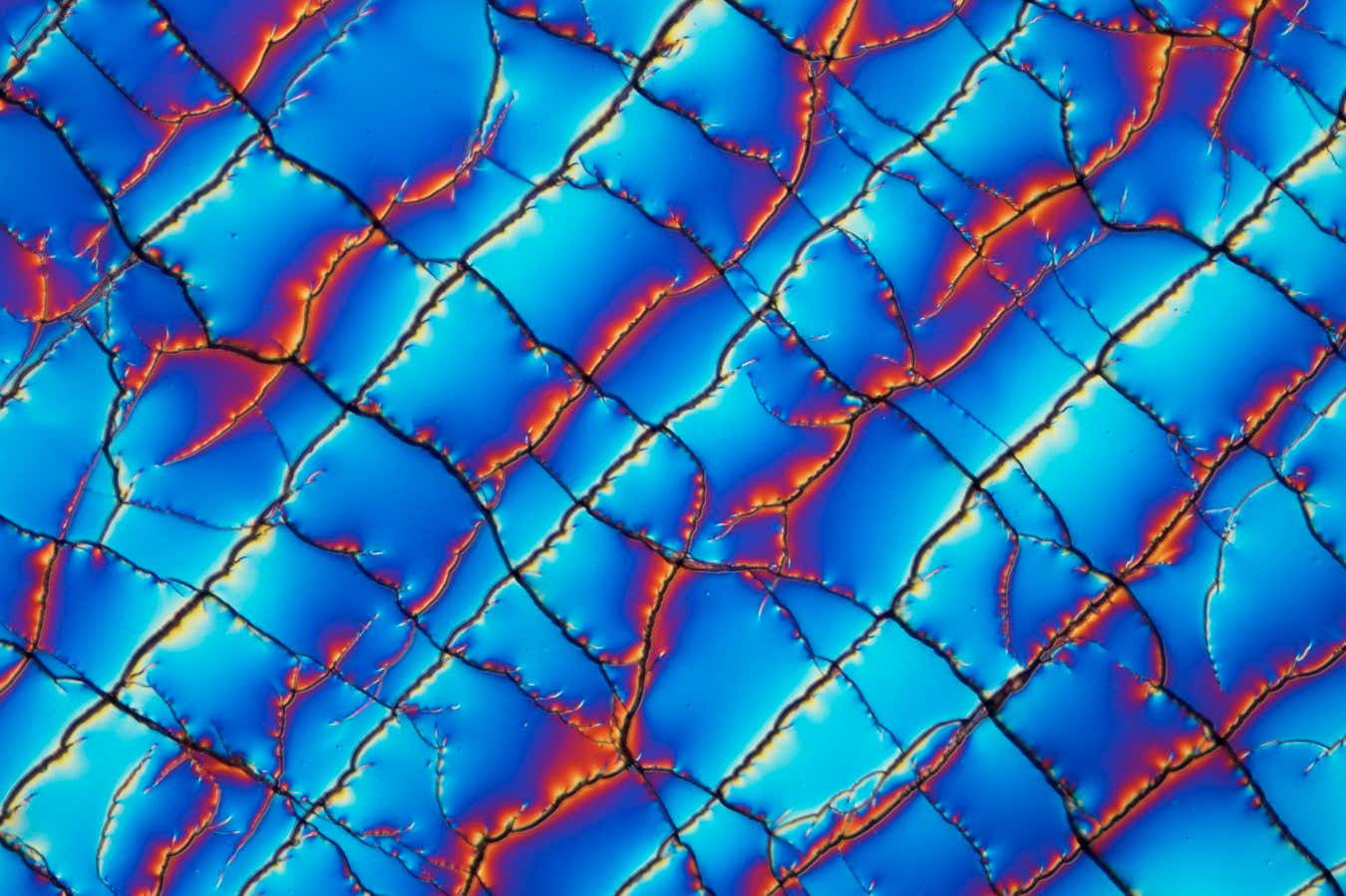Researchers combined hydrogel with magnetic ferrofluid to make small jellyfish robots that can complete an obstacle course when directed with light
By Karmela Padavic-Callaghan
17 July 2024
Linkedin
Reddit
Email
Jellyfish-shaped robots made of magnetic ferrofluid can be controlled by light through an underwater obstacle course. Swarms of these soft robots could be useful for delivering chemicals throughout a liquid mixture or moving fluids through a lab-on-a-chip.
Ferrofluid droplets are made of magnetic nanoparticles suspended in oil, and they can move across flat surfaces or change shape when coaxed in different directions by magnets. By immersing these droplets in water and exposing them to light, Mengmeng Sun at the Max Planck Institute for Intelligent Systems in Germany and his colleagues have now made them defy gravity.
Read more
Drones may have attacked humans fully autonomously for the first time
Advertisement
When ferrofluids absorb light – they are particularly good at that because they are dark – they heat up and any tiny bubbles within them expand. This makes the droplets lighter and more buoyant when they are under water, so they can float upwards, says Sun.
He and his colleagues created soft robots with a droplet of ferrofluid encased in a shell of hydrogel shaped like a jellyfish. Then they put them to the test. The researchers devised an obstacle course at the bottom of a tank of water, which included various platforms at different heights. They directed the robots through it, making them move up and over the platforms.
In one experiment, they arranged three of the jellyfish robots in a line at the bottom of a water tank and used a laser to heat them up. The robots moved upwards in succession, one after another. Sunlight focused through a magnifying glass had a similar effect, making the jellies float vertically.
